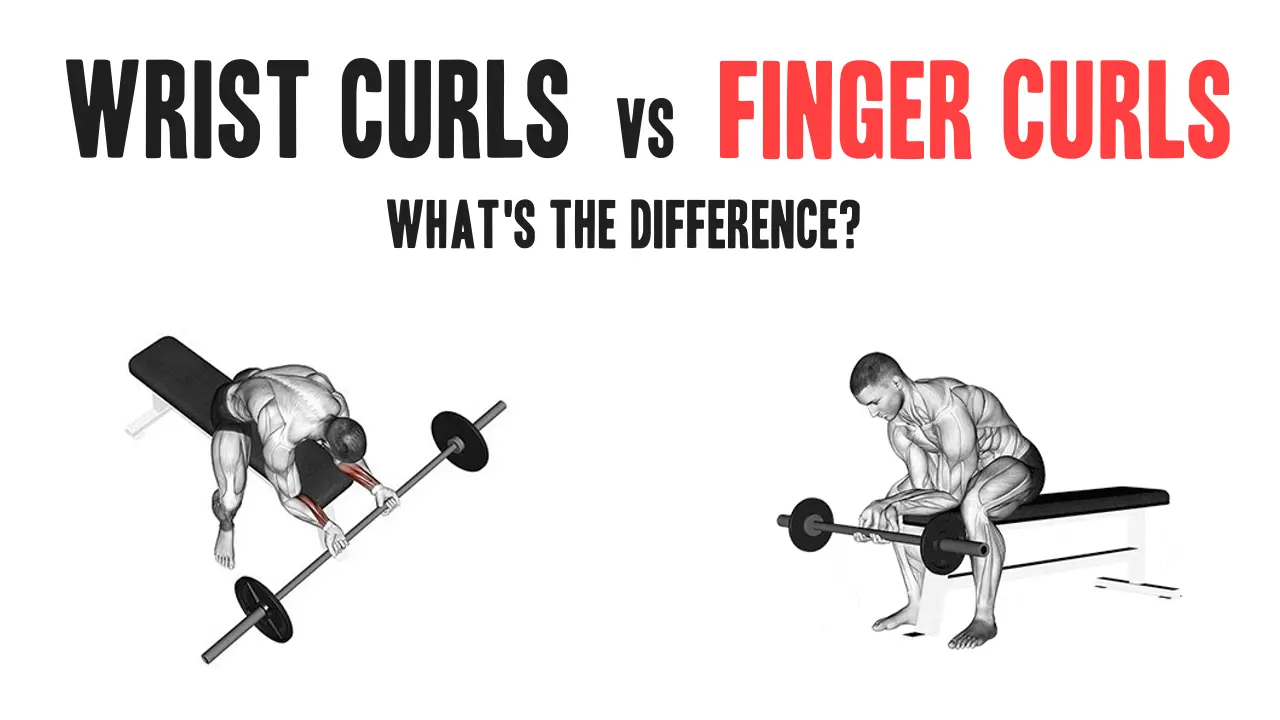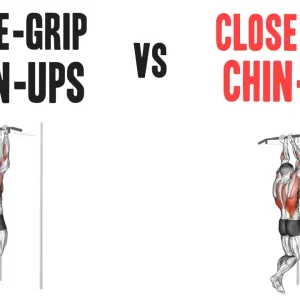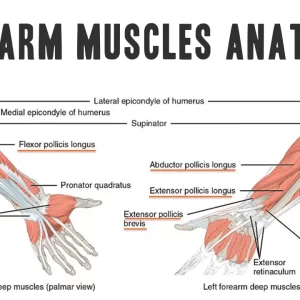Contents
The forearms are more than just aesthetic muscle. They’re essential for grip strength, injury prevention, and upper-body performance. But if you’ve been training them with only wrist curls, you might be overlooking a powerful companion: the finger curl.
These two exercises may look similar, but they train the forearm muscles in distinctly different ways. Understanding how each one works—and when to use them—can take your training to the next level.
Wrist Curls:
Wrist curls are performed by flexing the wrists while holding a barbell or dumbbells with your forearms supported. The movement focuses on the wrist flexor muscles and is often used to improve forearm size and support pressing or curling movements.
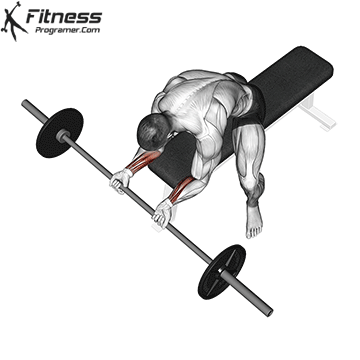
Execution:
- Sit on a bench and rest your forearms on your thighs or a pad.
- Hold a barbell or dumbbells with an underhand grip (palms up).
- Let your wrists hang over your knees or the edge of the pad.
- Flex your wrists to lift the weight toward your forearms.
- Lower slowly to stretch the forearm muscles.
Muscles Worked:
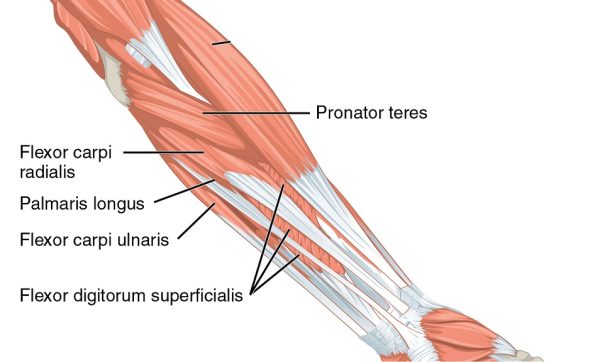
- Flexor carpi radialis
- Flexor carpi ulnaris
- Palmaris longus
- Flexor digitorum superficialis (partially)
- Pronator teres (stabilizer)
Finger Curls:
Finger curls start similarly—but with one key difference. You allow the weight to roll down your fingers, then flex them to grip the weight again before finishing with a wrist curl. This extended range of motion brings in the deep finger flexors, especially the flexor digitorum profundus.
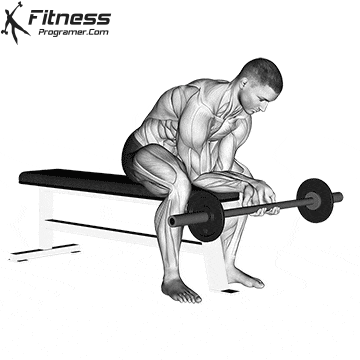
Execution:
- Start in the same setup as wrist curls, with a barbell or dumbbells.
- Let the bar roll down into your fingers, fully extending them.
- Curl the fingers to grip and roll the weight back into the palm.
- Flex the wrist at the top as in a standard wrist curl.
Muscles Worked:
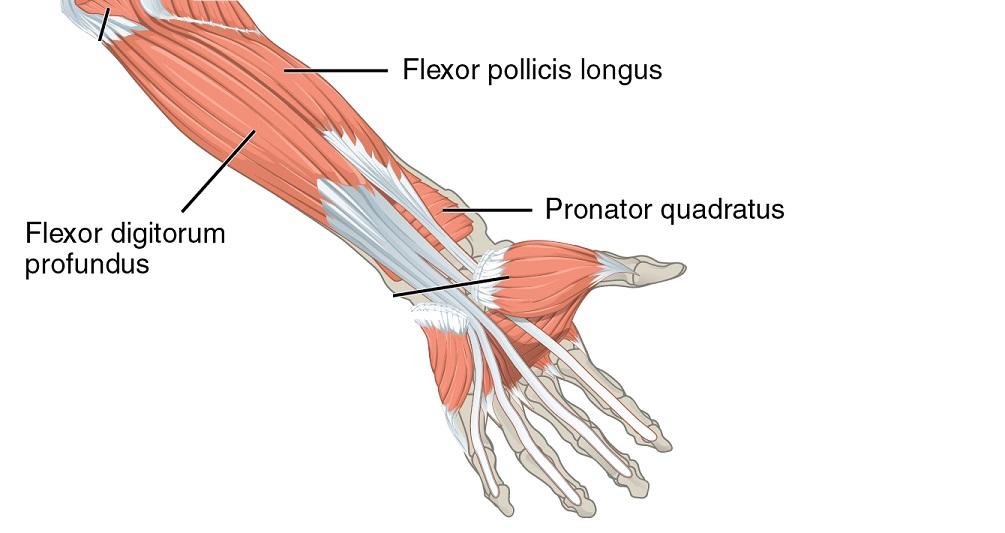
- Flexor digitorum profundus
- Flexor digitorum superficialis
- Flexor pollicis longus (thumb)
- Smaller hand muscles for grip stability
Muscle Activation & EMG Research
Studies comparing wrist vs finger movement patterns show that:
- Wrist curls emphasize isometric contraction of the finger flexors and dynamic contraction of the wrist flexors.
- Finger curls cause full-length contractions of both finger and wrist flexors, especially the deep layer (flexor digitorum profundus) (Fahrer et al., 2016).
This means finger curls may recruit more motor units in total, though the mechanical loading of wrist curls is often higher.
Wrist Curl vs. Finger Curl: Key Differences
| Feature | Wrist Curl | Finger Curl |
|---|---|---|
| Primary Action | Flexion at the wrist joint | Finger flexion and wrist flexion |
| Muscle Emphasis | Wrist flexors | Finger flexors + wrist flexors |
| Grip Component | Moderate (weight is supported in palm) | High (fingertips support the weight) |
| Range of Motion | Shorter | Longer (includes full finger extension) |
| Functionality | Supports wrist stability and elbow function | Builds finger strength and grip endurance |
| Best For | Aesthetic forearm size and wrist support in lifts | Athletes needing grip strength (e.g., rock climbers) |
Training Goals: Which One Should You Use?
| Goal | Wrist Curl | Finger Curl |
|---|---|---|
| Muscle hypertrophy (forearm girth) | ✅ Primary | ✅ Secondary |
| Grip strength (crush or support) | ❌ Limited | ✅ Excellent |
| Wrist stability & joint health | ✅ Great | ✅ Good |
| Finger tendon strength | ❌ Minimal | ✅ High |
| Rehab / tendonitis support | ✅ Controlled | ✅ Moderate |
| Sport-specific grip (climbing, BJJ, lifting) | ❌ | ✅ Superior |
Programming Recommendations
Wrist Curl Programming for Hypertrophy
- Frequency: 1–2x per week
- Sets/Reps: 3–4 sets of 10–15 reps
- Rest: 30–60 seconds
- Progression: Add weight or reps; try barbell, dumbbell, or reverse grip
Finger Curl Programming
- Frequency: 1–2x per week
- Sets/Reps: 2–3 sets of 8–12 reps
- Progression: Use thicker bars (Fat Gripz), overload with straps, or pause at bottom
Superset Option:
Try pairing both:
- A1: Wrist Curl (12 reps)
- A2: Finger Curl (10 reps, 3-sec pause at bottom)
For Strength or Performance:
- Use heavier loads with 6–10 reps
- Alternate both exercises within your week
- Include isometric holds with finger curls (e.g., 5-second pause at contraction)
Recovery and Overuse Note:
Since forearms are used in most upper-body exercises, avoid training wrist/finger curls on consecutive days. Overtraining can lead to medial epicondylitis (golfer’s elbow) or flexor tendon overuse injuries (Sevier & Wilson, 1999).
Variations to Try
| Variation | Benefits |
|---|---|
| Reverse Wrist Curl | Targets extensors for wrist balance |
| Wrist Roller | It works all the forearm muscles. |
| Hand Gripper | Increases grip strength |
| Farmer’s carry with towel grip | Explodes finger crushing strength |
Should You Do Both?
Yes—if your goals include:
- Improving grip strength (climbing, MMA, deadlifting)
- Enhancing forearm aesthetics and vascularity
- Balancing strength across wrist and hand musculature
- Reducing injury risk in repetitive-use sports (e.g., tennis, baseball)
You can rotate wrist curls and finger curls on separate days, or perform them in a superset for a complete forearm burnout.
Conclusion
While wrist curls and finger curls may look similar, their training benefits are distinct. Wrist curls emphasize the forearm as a whole, while finger curls uniquely challenge your grip and finger strength. Integrating both exercises can help build a more functional and well-developed forearm, particularly for lifters, athletes, and anyone seeking to improve grip resilience.
References
- Schoenfeld, B. J. (2010). The mechanisms of muscle hypertrophy and their application to resistance training. Journal of Strength and Conditioning Research, 24(10), 2857–2872. https://doi.org/10.1519/JSC.0b013e3181e840f3
- Behm, D. G., & Sale, D. G. (1993). Velocity specificity of resistance training. Sports Medicine, 15(6), 374–388. https://doi.org/10.2165/00007256-199315060-00003
- American College of Sports Medicine. (2017). ACSM’s Guidelines for Exercise Testing and Prescription (10th ed.). Lippincott Williams & Wilkins.
- Waugh, C. M., et al. (2012). Effects of resistance training on muscle architecture and tendon properties in adolescent athletes. European Journal of Applied Physiology, 112(11), 3997–4005.

